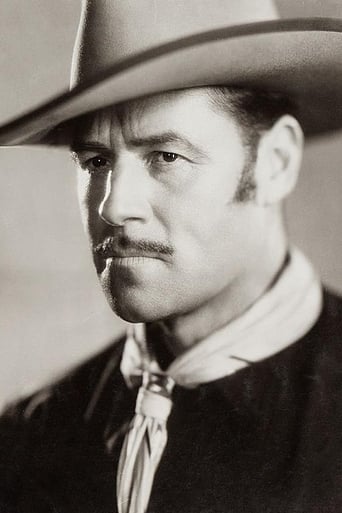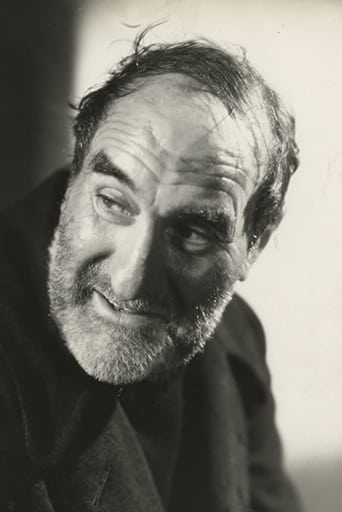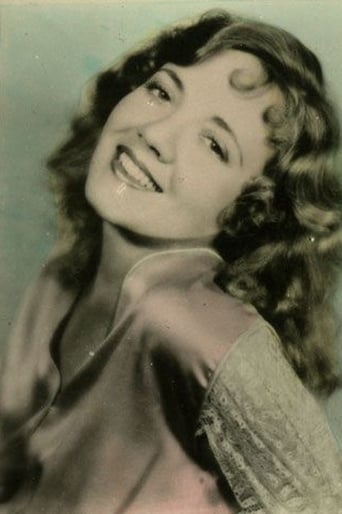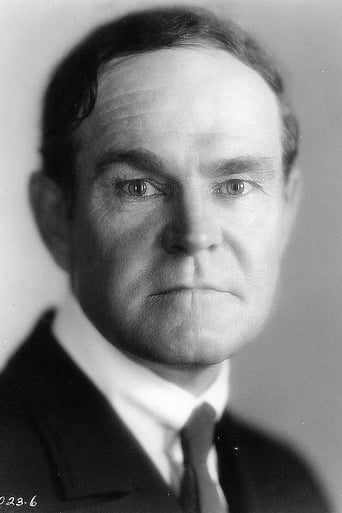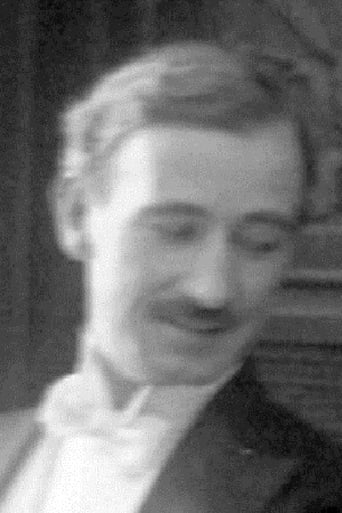Kattiera Nana
I think this is a new genre that they're all sort of working their way through it and haven't got all the kinks worked out yet but it's a genre that works for me.
Cubussoli
Very very predictable, including the post credit scene !!!
Listonixio
Fresh and Exciting
Suman Roberson
It's a movie as timely as it is provocative and amazingly, for much of its running time, it is weirdly funny.
Apulieus
"North of 36" tells the story of 600 hundred mile cattle drive through Indian territory from Texas to Kansas. It is by no means a "primitive B Western," as one misguided reviewer calls it. Contrary to his assertion, the problem with this handsome and still impressive film is the script, not the direction.Like many films based on plot-heavy novels, North of 36 feels like a short digest of long book, with a one-thing-after-another plot stuffed into an 85 minute running time. As the New York Times reviewer noted, the film is low on suspense and surprises. The romance feels rushed and there's very little chemistry between rodent-faced Jack Holt (low on charisma) and Lois Wilson, whose character inherits her father's ranch and leads the cattle drive but doesn't have much agency and is given little to do, aside from pining away for hero. The only actor who comes across is Ernest Torrence, playing an ornery but goodhearted old cowhand who sports a massive salt and pepper beard and steals the show. Noah Beery, who plays the carpetbagging villain, meets a fate that might remind some viewers of a film from the same director, the jaw-dropping "Behind the Door." Director Irvin Willat said his main task "was to get a good picture out of a poor script. They didn't allow me enough money, and nobody else works that way, so that was another problem." Willat succeeded: this is an ultimately good film that does not look cheap. The staged cattle drive looks as impressive as a real thing, with 4,500 Longhorn cattle (Brahman Bulls, imported from India) swarming the screen. When they ford the Red River, Willat mounts the camera within a floating covered wagon: the shot demonstrates the strength of his camera-eye.His film is a pleasure to watch, thanks to rich lighting and compositions that showcase the prairies. The reviewer who faults it for not having camera movement fails to realize that (a) there are several traveling shots and (b) Hollywood didn't go ape for moving cameras until "The Last Laugh," which was imported after the making of this film. Willat could afford to go easy on the technique--he was an expert editor who cut his teeth working for Thomas Ince, and the cutting in "North of 36" is economical, precise, and wouldn't seem alien to any modern film-goer.Despite its flaws, "North of 36" exemplifies many pleasures of silent-era filmmaking, when cameras were mobile, studios were less regimented, and directors went to epic lengths to film epic events.
Bowserb46
Considered for its time, this is not bad. TCM showed it just once as far as I know. Only the ranch and herd scenes were planned for the Blakely and LH7 ranches west of Houston, but the director was so impressed with the location and the people, that he shot almost the whole film there. LH7 was home to the largest herd of pure longhorns in the world.20 years later, most of the ranch became part of the Barker Reservoir, a Corps of Engineers flood control project for the city of Houston and the industries on the Houston ship channel. When the family matriarch passed away, the remainder of the LH7 ranch was sold by the ne'er do well descendants to developers and the historic ranch buildings bulldozed in the middle of the night, so as to avoid those interested in preserving history.So this movie deserves credit for its screenplay based on a novel and its place as a document of a place in history since wiped off the planet, not to mention that it was early "special effects". The crossing of the Red River was actually cattle crossing a pond.
GManfred
This film was one of Paramount's great successes in 1924 but now, in 2011, it is a largely uneventful western lacking in camera movement and story originality. The story and camera flaws are the result of its age, as technology and subsequent improvement in plot and storyline make this picture seem quaint by comparison. Westerns had to have a start somewhere, but this film was supposed to be a follow-up to James Cruze's great "The Covered Wagon" from the previous year. Haven't seen it so I can't compare.Taisie Lockheart (Lois Wilson) inherits her Dad's ranch after his death. There are possibilities to make lots of money on the ranch's huge herd of cattle, if she can find a way to drive them north of the 36th parallel, from deep in Texas to Abilene, Kansas, a brand new railroad town almost a thousand miles away. The time is immediately after the Civil War, and the railroad has just been completed. Don McMasters (Jack Holt) rides up to the ranch, under suspicious circumstances, and claims he can be the sought-after ramrod. Ranch foreman Jim Nabours (Ernest Torrence) doesn't trust him, and local mob boss Slim Rudabaugh (Noah Beery, Sr.) vows to stop him.I guess second unit direction was not in use yet because the bulk of the picture is a slog northward with some setbacks such as Indian attacks, stampedes, etc. without aforementioned camera movement or sufficient pacing to keep one from squirming in one's seat. The films 85 minutes seems much longer. It is not a compelling picture and there is very little tension or excitement in the action scenes. I think it is sad how audience perspective changes over time - a picture that once thrilled audiences can become tedious with the passage of too many years.Shown on a restored 35 mm print from The Library of Congress at Capitolfest 2011, Rome N.Y.
